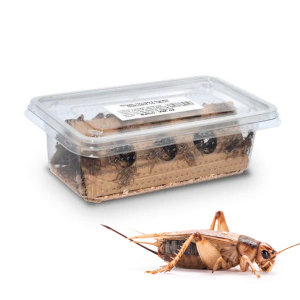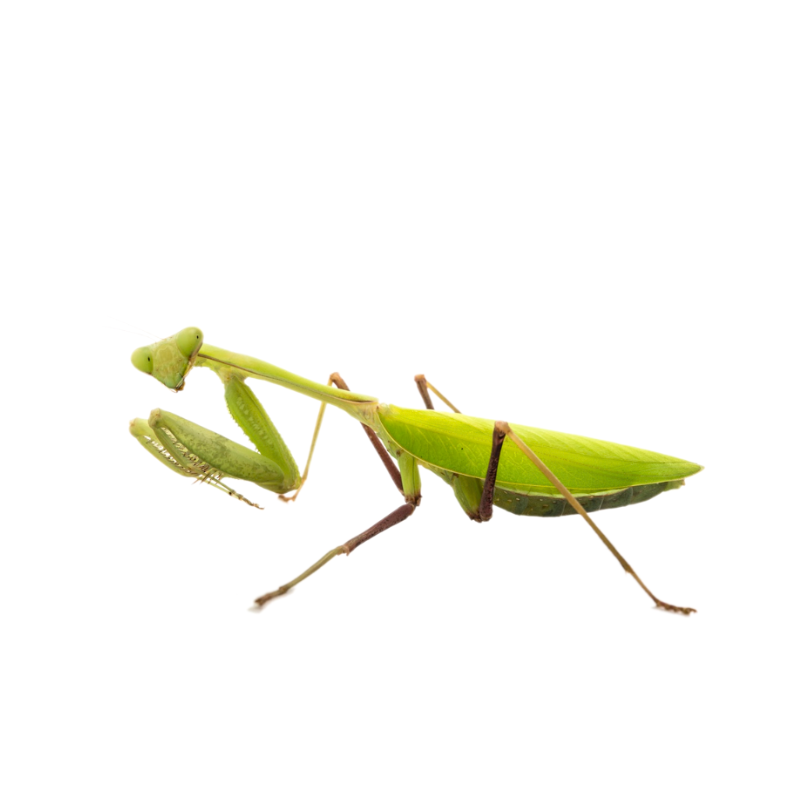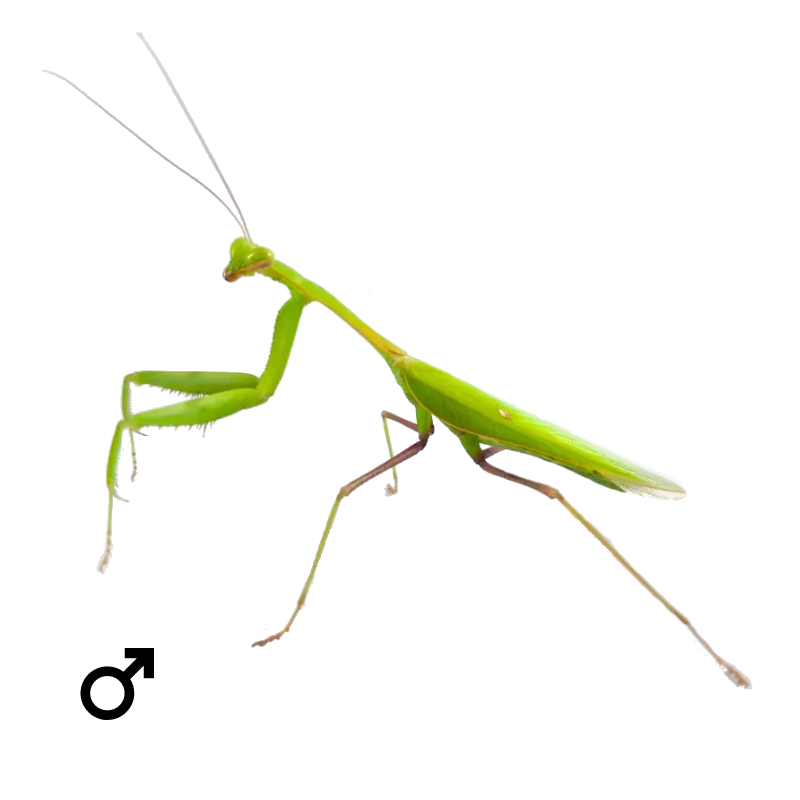✨🕷Free Next-Day Delivery on orders over £150!🕷✨
Menu
-
Products
-
Livestock
-
Setups
-
Care Supplies
-
Terrascaping
Shop By Animal
Plants & moss
- Next-day delivery
Order before 2pm, Mon-Fri excl. bank holiday
- 7 day live guarantee
7-day refund window for health issues.
- Price-matched products
Shop equipment without breaking the bank.
Next Day Delivery! Order before 2pm, Monday-Friday. (Exludes Bank Holidays)
7 Day Live Guarantee for your pet covering 7 days after shipping for peace of mind.
Price Matched Products. Shop equipment without breaking the bank.





























4 Responses
i dont no if my mantis L1 or L3
If you have purchased it, it is unlikely to be L1 as that is newly hatched and most sellers would wait to at least L2 before selling.
i have a baby ghost mantis L2 can i hold it
Hi, L2 is very small and you will need to be very gentle with it. It is safe to handle but I would make sure you handle over an empty table in case the mantis decides to jump off your hand as it could very easily become lost.